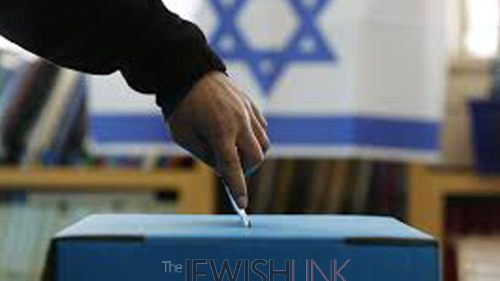
Since the passing of the Governance bill legislation on March 11, 2014, new alignments have become to appear in Israeli politics.
The legislation raised the electoral threshold from 2% to 3.25% of the votes. By doing so, it created a strong incentive for parties and politicians to unite their efforts and combine parties.
The first significant unification is a historic one and it took place between three Israeli-Arab parties: “Hadash”, “Balad” and “Ra’am-Ta’al”, which are all considered far-left wing parties. It’s the first time all Arab parties of Israel’s Knesset have joined forces and created a joint list for an election.
Tazpit News Agency interviewed Emilie Moatti, the spokeswoman of the Israeli-Arab joint list who explained the necessity of the unification. “A joint list was a necessity due to the new “Governance bill”. Without the bill the unification probably wouldn’t have happened,” said Moatti.
“We see it as a blessing in disguise, and hope it will increase the voting percentage among Israeli-Arabs, enabling us to reach 16 seats in the Knesset,” Moatti told Tazpit.
The parties’ ability to cooperate for the long haul, however, remains an open question. “Hadash” holds a Marxist agenda while “Ra’am-Ta’al” and “Balad” holds an Islamist one. Ideological differences are found even between “Ra’am-Ta’al” and “Balad”, over their allegiance to different branches of the “Islamic movement”. “Ra’am-Ta’al” allies themselves with the more “moderate” southern branch, while “Balad” allies themselves with the more “hardline” northern branch. Therefore, differences and conflicts can errupt and threaten the joint list. Moatti claims “the common denominator overrides any differences between the parties.” Whether the unification succeeds or breaks after the election, remains to be seen.
Another two parties which tried to create a joint list are Otzma Yehudit (Jewish Strength) a far right-wing party, and Haam Itanu (The Nation is With Us) a religious party.
Haam Itanu is a new party and was formed by former “Shas” (an ultra-orthodox religious party) member Eli Yishai, after leaving his parent party in December 2014. Otzma Yehudit was established in 2013, but failed to pass the electoral threshold, and therefore spent the last two years out of the Knesset.
Michael Ben-Ari from Otzma Yehudit told Tazpit News Agency that “the joint list will enable us to attract voters from all edges of the political spectrum”.
As for now, negotiations between Otzma Yehudit and Haam Itanu have broken down. The parties disagreed on the question of which party will claim the fourth and sixth spots on the joint list. Therefore, both parties are at risk of not passing the electoral threshold.
The possibility that the unification between these parties is just a means to the end of passing the electoral threshold is probable. The real question is whether joint lists will break down completely once passing the electoral threshold, or succeed and create new powers on the Israeli political map.
By Yotam Rozenwald
Tazpit News Agency